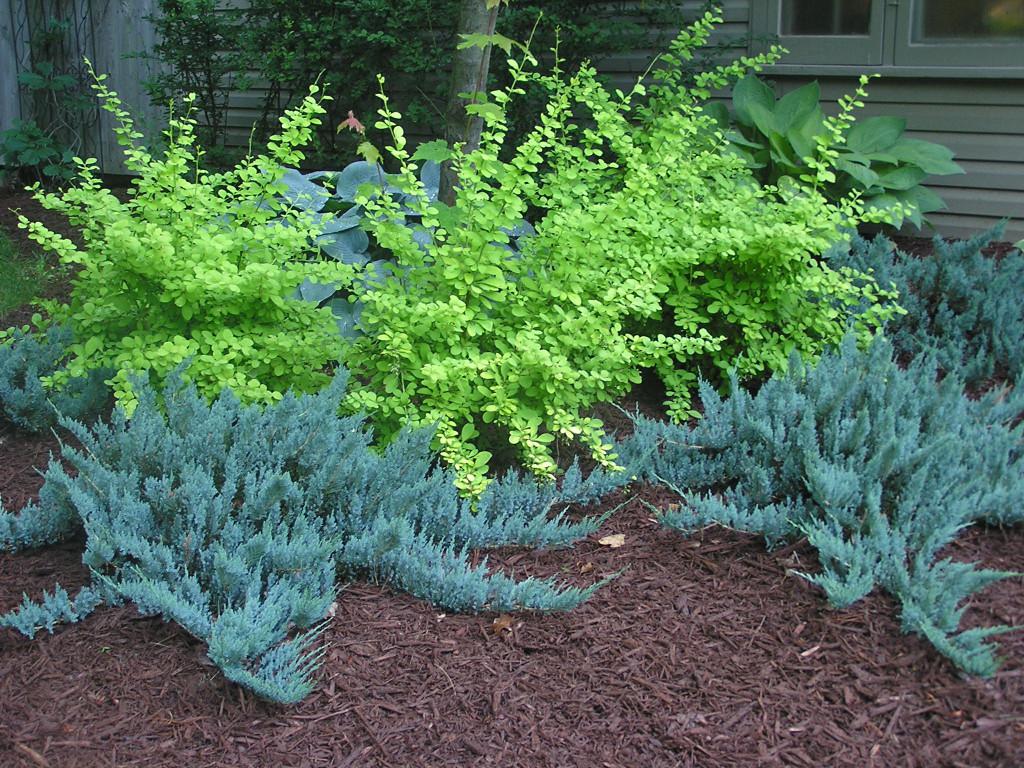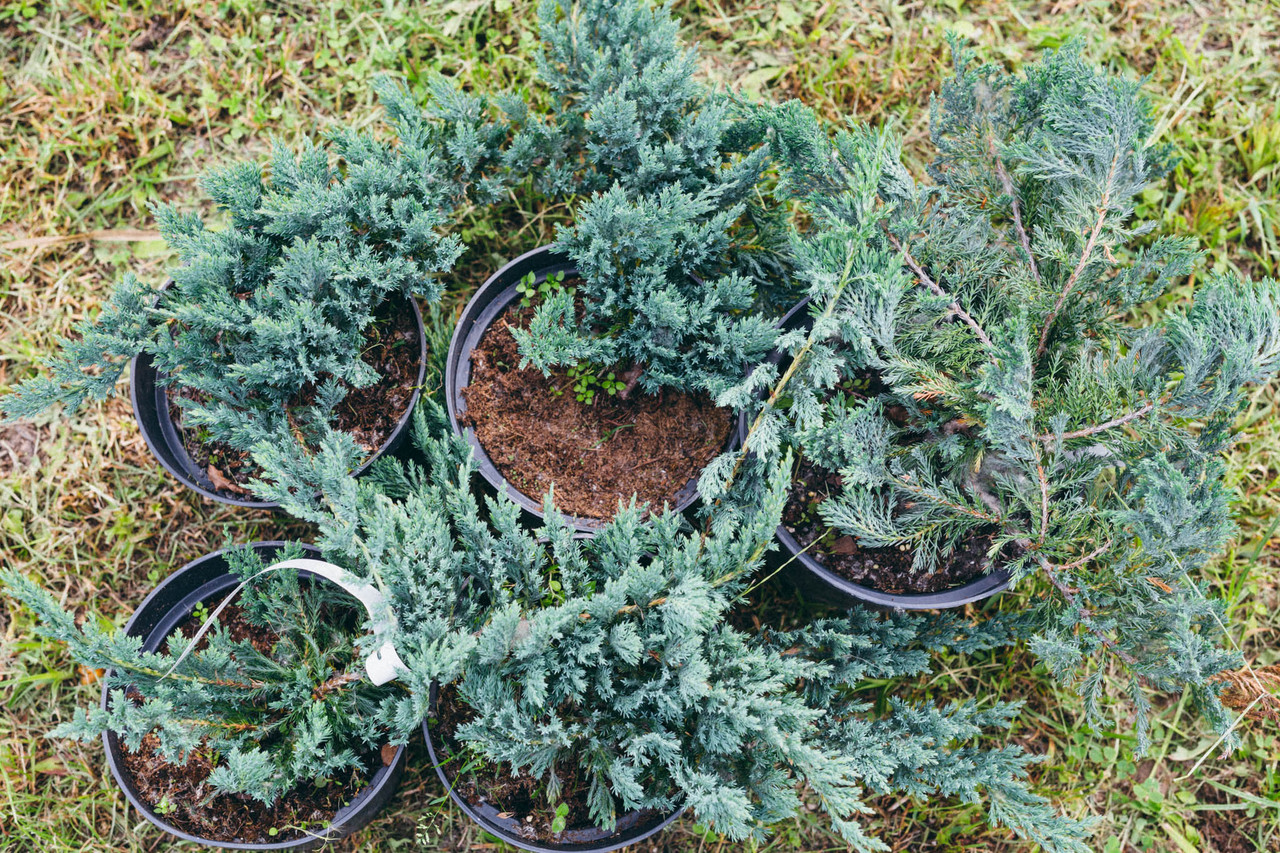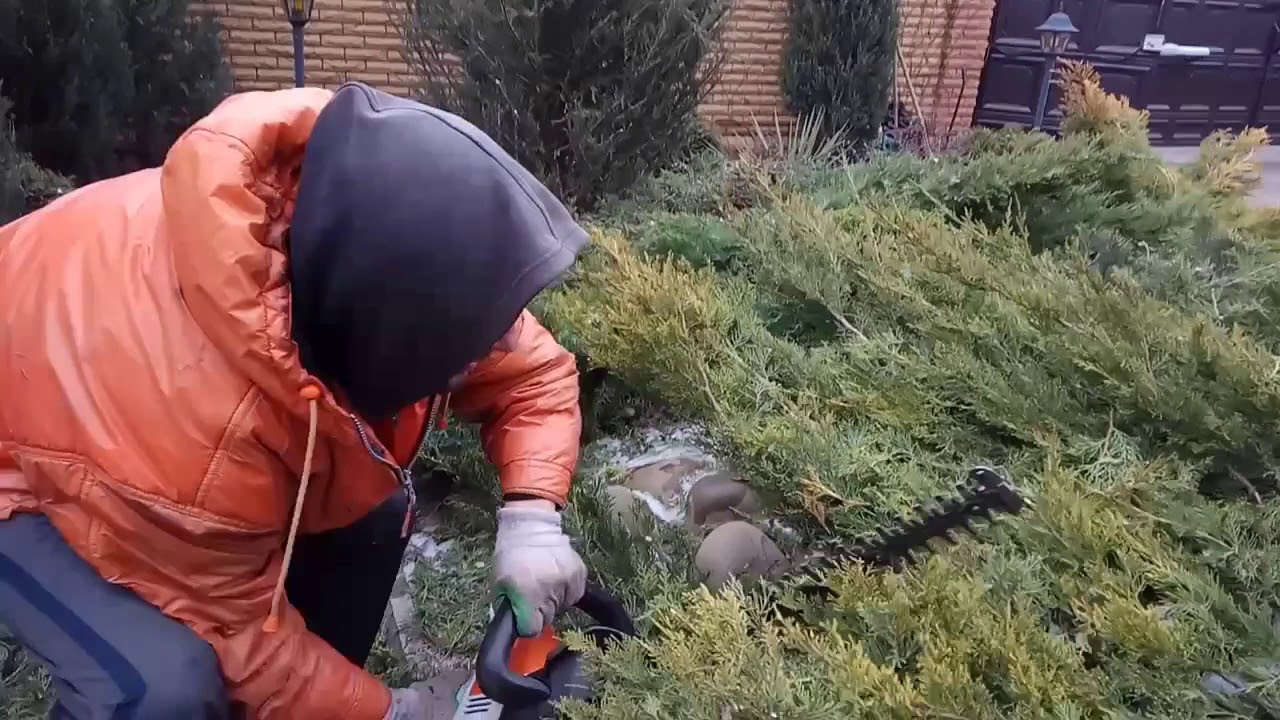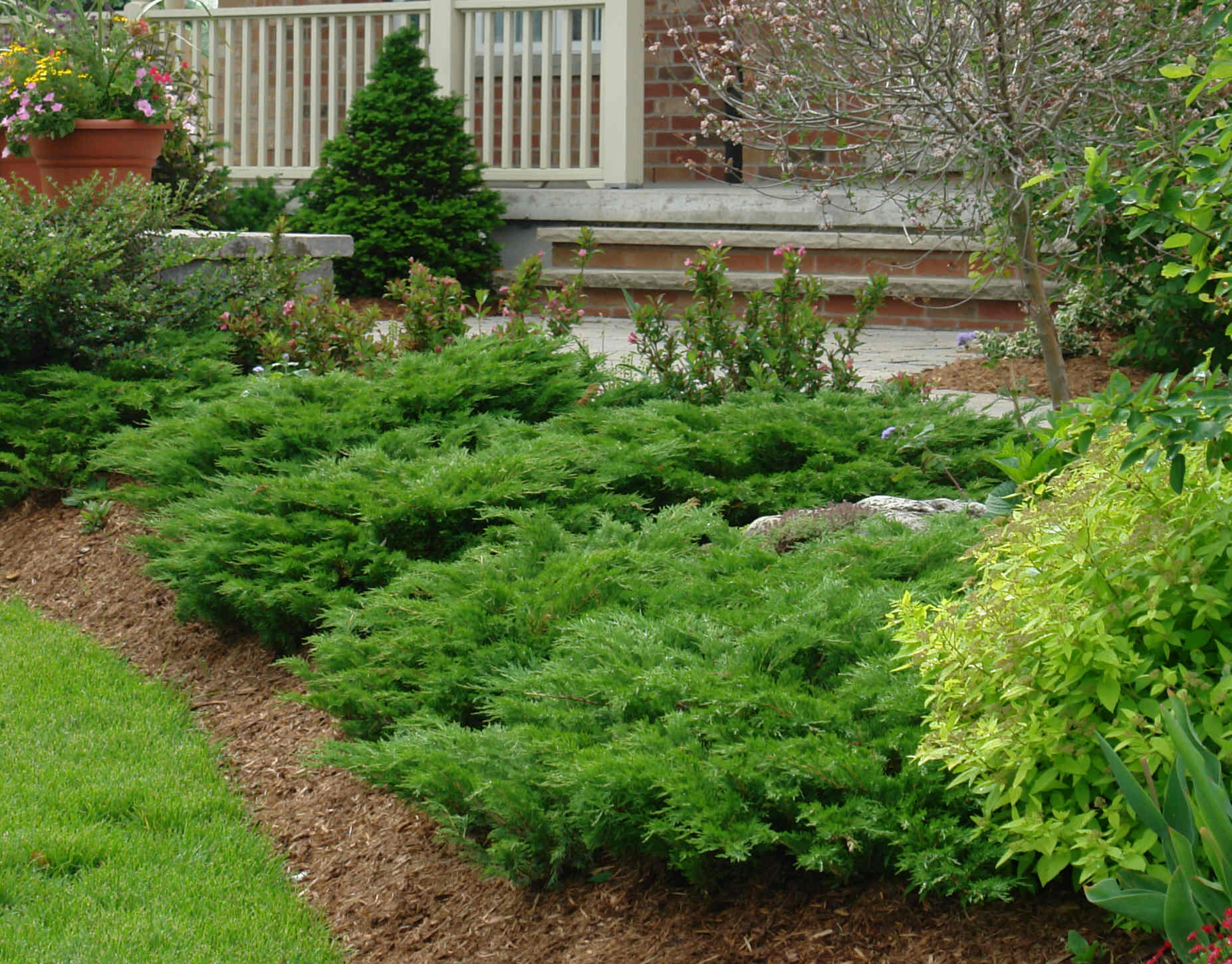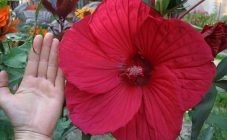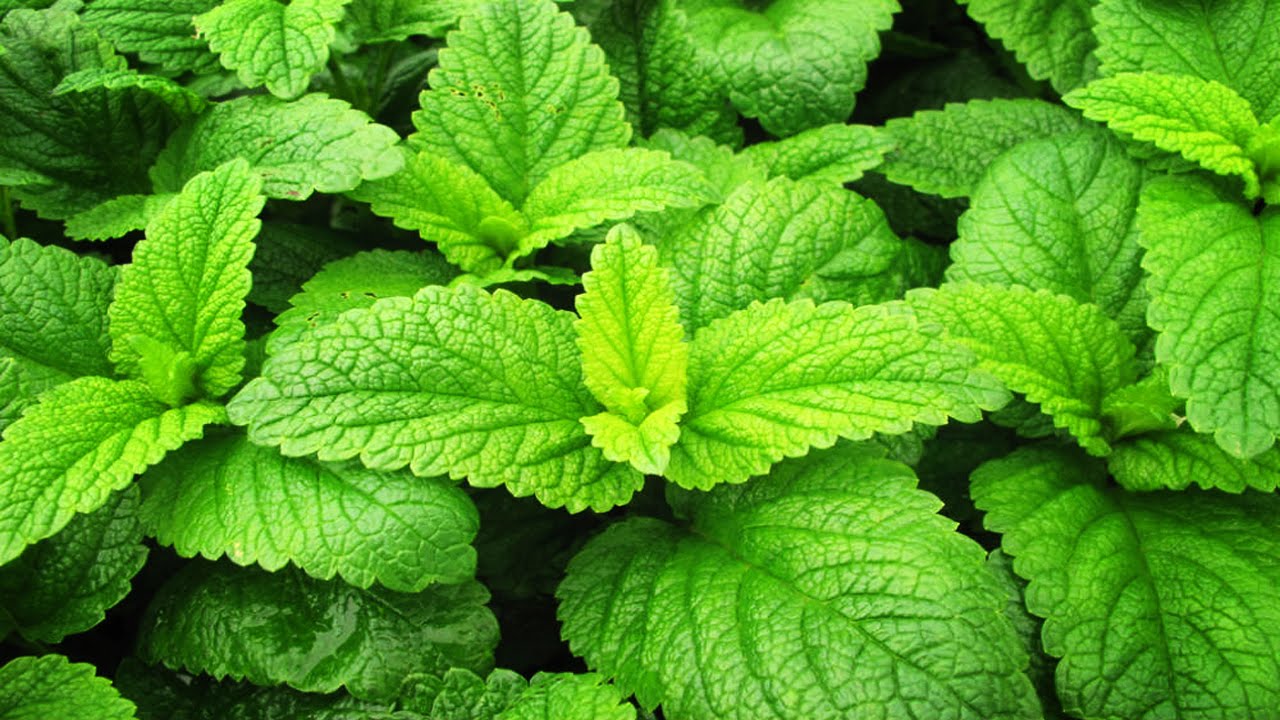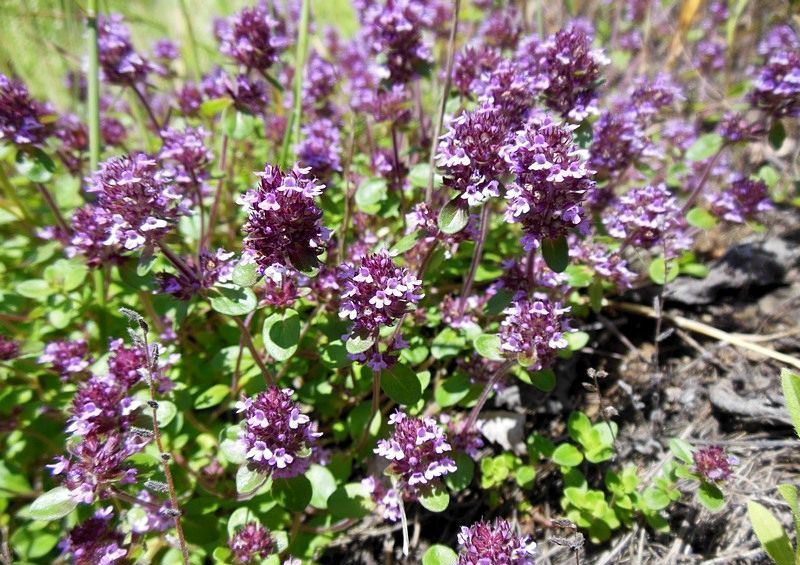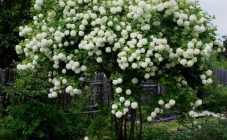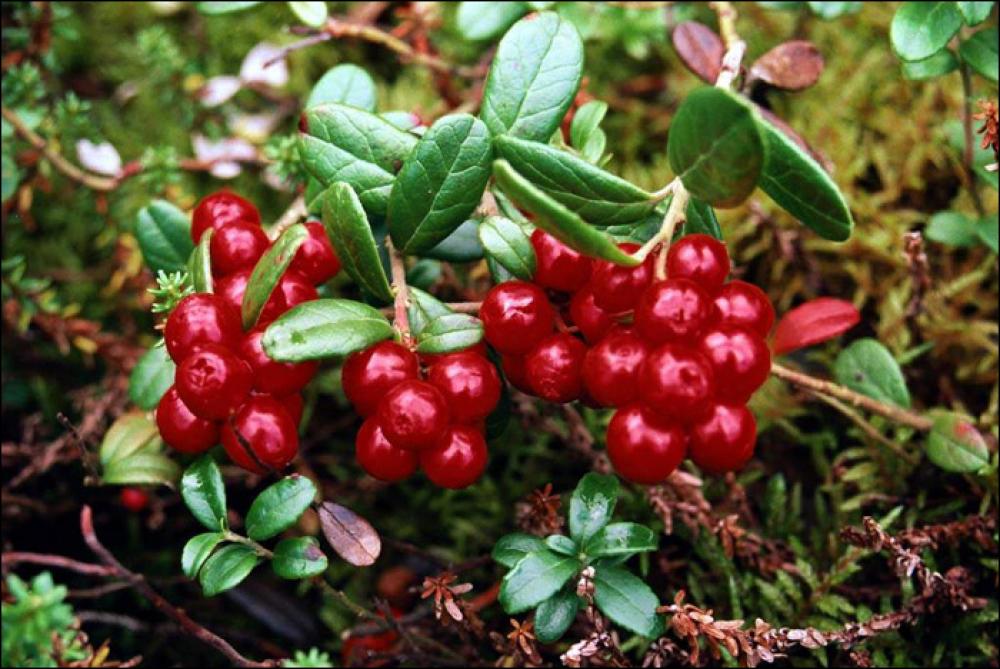Content:
The creeping juniper is an evergreen coniferous shrub from the Cypress family. The main difference from other varieties and varieties of juniper is its appearance. The plant spreads on the ground, fairly low. This makes it possible to carry out, thanks to him, a special landscape design.
The juniper bush has a pleasant resinous scent. Like many other conifers, such a bush is able to cleanse the air of harmful microorganisms. The popular claim is that the juniper heals everyone who is near it. In medicine, both the cones of the plant and its branches are actively used. Ground juniper needles are used as spices in cooking. Also, the plant has found its use in the economy: decorative elements are made from it, twigs are added to bath brooms, and used to create perfume water.
Plant features
History
The existence of the plant was known back in the days of Ancient Greece and Rome. Then its twigs were used to fight snakes, as well as to treat rotten wounds. In Russia, various powders and infusions were made from juniper twigs for the treatment of coughs and seizures.
Since creeping junipers are most often found in nature in Canada and the United States, it is natural that the breeders of these particular countries have made the greatest contribution to the reproduction and development of new varieties.
So, for example, in 1922, American experts bred the creeping variety Nana (originally Juniperus procumbens Nana), in 1930 - Bar Harbon, in 1961 - Douglas, in 1955 - Andorra Compact.
In our time, breeders of other countries, in particular, Canada, Denmark, Poland, are also engaged in the development of new varieties of juniper.
Appearance
The creeping juniper, as a rule, does not grow higher than 10 cm.Some of its varieties can grow up to 0.3-0.4 m.The width of the shrub, as its name implies, is much larger - from 1.5-2 m The plant grows very quickly and scatters branches on the ground. Juniper crowns tend to flake off and have a brownish red color.
The needles on fluffy branches directly depend on the age of the plant. So, in a young tree, it is erect, needle-like. With age, the branches begin to become more and more covered with scales. There are no leaves on the bush at all. The color of the plant can vary from dark blue-green to light green.
How to plant a plant
A creeping juniper is considered an unpretentious plant to growing conditions; planting and care in the open field can occur in April-May or already in the fall, in October. If you purchase ready-made seedlings, then you can transplant them almost at any time, the main thing is that the bull land itself is ready to accept the plant.
Soil preparation
If it is possible to choose a place for planting a bush, then it is better to give preference to an open and lighted area.
The type of soil depends on the specific cultivar. It will be easy to grow a plant if you place it on calcareous, loamy or sandy soil. For seedlings, it is recommended to prepare a mixture of coniferous soil, peat and sand. All these components must be taken in equal proportions.
Planting seedlings
A few weeks before the planned landing date, you need to prepare the soil and carefully loosen it, dig it up. You can plant a bush in a relatively small hole in size - about 3 pins of a shovel. Next, you need to lower the seedling into it (you can also with a whole lump of earth in which it grew before) and fill the hole with soil. Having slightly compacted the ground, the plant must be added to the very root.
Mulching can be done to accelerate plant growth and protect it from autumn winds. Wood shavings and peat are ideal for this process. In the event that the owner plans to plant several bushes in a row, it is worth keeping a distance of at least 1 m.
In fact, the planting of juniper seeds is carried out in the same way. The depth of immersion of the planting material in the soil should be much less - 2-3 cm. Previously, the seeds are placed in sulfuric acid for 30 minutes, and then washed.
Some varieties of creeping juniper require special planting conditions.
Propagation by cuttings
Juniper can be propagated by cuttings. This can be done in this way at any time of the year, the main thing is that the landing conditions are met.
Freshly cut cuttings (trimmings) are dipped in water or wet burlap for several days. After that, they are planted in a greenhouse. When the twigs grow up, in the spring they can be transplanted to a permanent place in the open ground.
The optimal conditions for the cuttings to take root well are:
- stable temperature regime - 16-19 degrees Celsius;
- diffused light (artificial lighting is also suitable);
- wet soil.
Care
Although juniper is considered a not very demanding plant, the creeping bush still loves care.
Top dressing
It is best to add nutrients to the bush in spring. As experienced gardeners advise, the best option for this purpose would be nitroammofosk. It is better to use fertilizers with the calculation of 30-40 g of substance per 1 sq. m.
Mulching
It is better to sprinkle the area near the trunk of the plant with a mixture of gravel, crushed stone and needles.
Circumcision
It is performed twice a year. Only damaged and old, weak branches should be pruned.
Pouring
During the growth period of the plant, it must be added frequently, but in small portions. Adult bushes are distinguished by their drought resistance, so 2-3 pouring per month is the optimal rate for the plant.
Proper care of the bush also provides for its garter. It can be done with twine. This measure will help protect both the twigs and the crown of the juniper from overloading due to snow.
If the variety has a blue, yellow color of needles, then it must be protected from direct sunlight during the hot period. Alternatively, the bush can be covered with a green mesh on top.
Diseases and pests
Groundcover juniper can hurt bacterial and fungal diseases.
The most common ones are:
- fusarium - develops in case of excess moisture;
- rust - occurs when there is an excess of salts in the soil;
- shyute is a fungal disease that a bush suffers from if there is not enough light for it.
Noticing such, you need to use fungicides or Bordeaux liquid.To prevent the disease from developing, the owner must promptly remove the leaves that have fallen near the bush, and also do not forget about the removal of weeds and timely pruning of branches.
As for parasites, most often the plant suffers from:
- aphids;
- scabbards;
- spider mite.
If there are few parasites, they can be collected by hand. You can also treat the bushes with soapy water or purchased insecticides.
Juniper creeping in landscape design
Low-growing bushes, including creeping juniper, are ideal for decorative borders. They can be combined with various flowers or tall bushes to create a special composition.
The creeping juniper will be an excellent addition for decorative fountains and bridges. They are willingly used by designers for planting in rock gardens and rockeries, that is, to create rocky gardens.
If you take good care of the plant, you can create a particularly attractive landscape design in Scandinavian or English styles.
